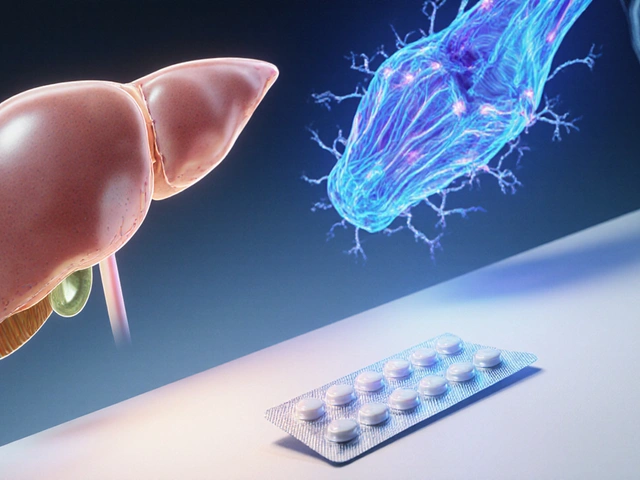Purine‑Rich Foods: What They Are and Why They Matter
Ever wondered why some people get sudden joint pain after a steak dinner? The culprit is often purines, natural compounds that turn into uric acid in your body. Too much uric acid can lead to gout attacks, kidney stones, or just that uncomfortable feeling in your joints.
Common High‑Purine Foods
Not all proteins are created equal. Organ meats like liver, kidney, and sweetbreads sit at the top of the purine list. Red meat, especially beef and lamb, also packs a decent amount. Seafood lovers should watch out for anchovies, sardines, mussels, and scallops – they’re tasty but loaded with purines.
Even some plant foods can surprise you. Dried beans, lentils, and peas have moderate purine levels. If you’re a mushroom fan, know that certain varieties, like shiitake, contain more purines than others. The good news? Most vegetables, fruits, and whole grains stay low, making them safe choices.
Practical Tips to Cut Purines
First, stay hydrated. Drinking plenty of water helps flush uric acid out of your system. Aim for at least eight glasses a day, and add a splash of citrus for extra benefit.
Second, balance your plate. Pair a small portion of meat or fish with a big side of low‑purine veggies like bell peppers, broccoli, or zucchini. This dilutes the overall purine load and adds fiber, which also supports kidney health.
Third, watch your alcohol intake. Beer and spirits boost uric acid production, while wine in moderation is usually safer. If gout runs in the family, consider cutting back or choosing alcohol‑free days.
Fourth, think about cooking methods. Boiling meat and discarding the broth can reduce purine content compared to grilling or frying. For beans, soak them overnight and rinse well before cooking to lower the purine level.
Finally, consider supplements wisely. Some people find cherry extract or vitamin C helpful in lowering uric acid. Talk to a pharmacist or doctor before adding anything new, especially if you’re already on medication.
By keeping these simple habits in mind, you can still enjoy the foods you love without triggering painful flare‑ups. Remember, the goal isn’t to eliminate purines completely – they’re part of a normal diet – but to keep them in a range that your body can handle.
If you’re new to managing purines, start by tracking what you eat for a week. Note any joint pain or swelling and see if there’s a pattern. Small changes, like swapping a steak dinner for grilled chicken and a big salad, often make a big difference.
Bottom line: knowledge plus a few everyday tweaks can help you stay comfortable and keep uric acid levels in check. Enjoy your meals, stay hydrated, and listen to your body – it will tell you what works best.
How a Plant-Based Diet Lowers High Uric Acid and Prevents Gout
By Lindsey Smith On 1 Oct, 2025 Comments (10)

Discover how a plant‑based diet can lower high uric acid, reduce gout attacks, and improve kidney function with practical food tips, a 7‑day menu, and FAQs.
View More




